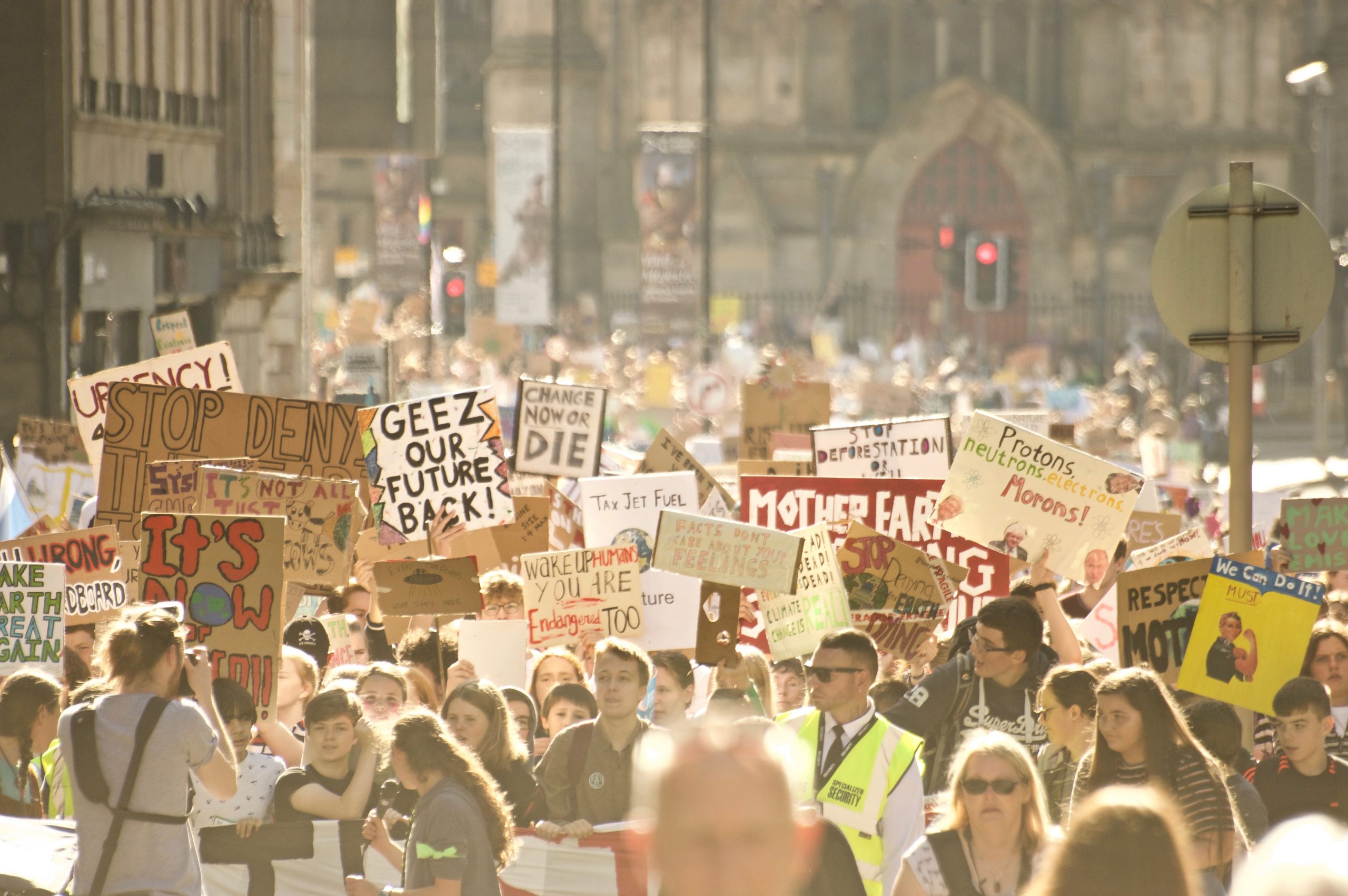
A wasted decade
Last year Glasgow and Dundee councils had to declare the whole of each city as pollution zones. Last month Edinburgh added new zones and extended the existing ones. In almost all of Scotland’s urban areas air pollution, overwhelmingly from traffic, is breaching standards set to protect health – standards we have known about for 20 years and which we were supposed to meet nearly a decade ago in some cases.
A very credible estimate tells us that 29,000 people are killed off every year in the UK by just one pollutant – fine particles. So that’s about 2,500-3,000 a year in Scotland. Or around 15 times the number killed in road crashes every year. These are people with a breathing problem like asthma, or a heart condition, or those who are heading for a stroke. They lose months or years off their lives.
Air pollution affects a whole range of health issues, costing the economy billions in lost days at work. It holds back the development of children’s lungs, so young Glaswegians inspired by next year’s Commonwealth Games have little chance of becoming elite track athletes themselves, because of where they are growing up. Last week a new study suggested a link between growing up in a polluted area and getting diabetes in later life.
In the last decade Scotland’s urban councils have produced three or four action plans each, supposedly spelling out how they would bring pollution down so we meet the standards. In almost every case the polluted zones have expanded not contracted. While councils and the government have wasted a decade failing to take air pollution seriously, another 30,000 people in Scotland have been condemned to an early death.
Of course there has been some action, including cleaner buses and re-routed traffic, but the bottom line is that we need not only cleaner vehicles but less vehicles if we are to meet these targets.
There has been some very promising pilot work on getting people out of cars, but the government’s commitment to massive road schemes, from the new Forth road bridge to the Aberdeen bypass, and from the A9 dualling to the Inverness bypass, is hardly sending the right signals about priorities. The billions spent on these traffic-generating schemes could be spent much more effectively instead on reducing the need to travel, and on public transport, walking and cycling.
But we need stick as well as carrot, something notably missing from those action plans. Edinburgh’s proposed congestion charge would have gone a long way to solving the Capital’s air pollution problems, those who opposed it need to come up with a set of measures that would be as effective. We need to look again at this and reducing urban speed limits, workplace parking charges and car sharing lanes.
Dr Richard Dixon is the Director of Friends of the Earth Scotland
A version of this blog appeared in the Sunday Herald on the 19th May 2013
